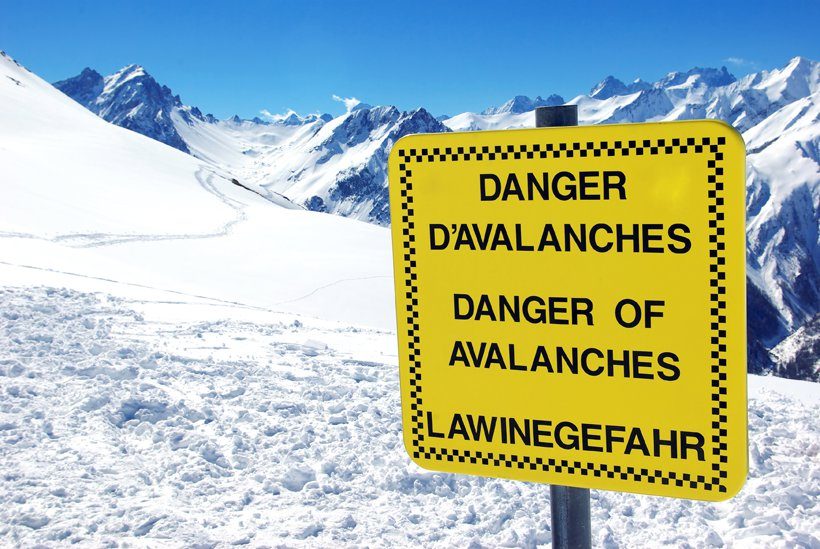People often confuse the terms “translation” and “interpreting” or “interpretation.” Often times, people use the term “translator” to refer to someone who vocally processes words being spoken in real-time from one language into another; other times, it may refer to someone who translates words on a page from behind a computer screen. This can be confusing, because they are obviously very different processes. What’s the difference between translation and interpreting?

Translation Versus Interpreting
While the terms “translation” and “interpreting”/“interpretation” are seemingly used interchangeably, and while both involve converting words from one language to another, they require different skill sets. The most fundamental difference is that translators work with written content: for example, websites, marketing communications, training materials, and legal contracts. In contrast, interpreters work with spoken words during live events and meetings, often in real- or near-real-time.
This difference means interpreters must quickly “translate” what speakers are saying – almost instantly – with limited external support or opportunity to edit. Instead, they rely on their memory, language knowledge, and tone skills. In contrast, translators have more time to refine and perfect translated content, with more in-depth research, cultural insight, and written or audiovisual production knowledge.
In addition, while the latter warrants significant accuracy and precision, the former is expected to be accurate but imperfect as a once-off. Moreover, translation and interpretation processes differ.
What Is the Translation Process?
Translation involves understanding written or audiovisual content’s meaning, style, and tone, and clearly and converting that to a different language. At the same time, the source content’s message, style, and brand voice must be maintained.
Achieving this conversion professionally and accurately requires strategy, stylistic guidelines, editing, careful quality control, validation, and publication. The process must be friction-free and cost-effective, with translators increasingly relying on advanced technology such as Computer Assisted Translation tools (CAT tools) and Translation Memories (TMs) to streamline workflows, as well as improve accuracy and quality, to meet deadlines and budgets.
To put it simply, the translation process is meticulous and involved. It requires planning, project management, and a well-thought-out language and content strategy.
What Is the Interpreting Process?
During interpreting, the interpreter listens to what the speaker is saying and quickly interprets the words in context, vocally repeating the message in the target language. Sometimes, paraphrasing is required to ensure effective communication of the meaning. This process can occur during any live meeting, conversation, conference, lesson, or appointment, or on TV, radio, or live video.
Hence, beyond an immediate understanding of the source and target languages, context, and relevant conversation conventions, interpreters must also be able to work effectively, quickly, and under pressure. For people who need interpreting services, obtaining an interpreter doesn’t warrant months of planning. However, do book a reputable professional in advance to ensure availability.
While translators and interpreters provide a similar result – an understandable message in a different language – the processes and end results are very different. Because of this, professionals tend to focus on one or the other. This specialization makes sense when you consider personal differences and preferences. Some are good at reading and writing, and others are better at listening and talking. Good translators don’t necessarily make good interpreters, and vice versa.

Why Is Investing in Translations No Longer a Luxury, But a Necessity?
Research highlights that 75% of consumers are more likely to buy from translated websites. According to CSA (Common Sense Advisory) Research, nearly four out of every ten consumers would never buy from sites that have not been translated into their language. Even proficient non-native English speakers prefer content in their home language (65%).
For those in the USA, translating your content for Germany, China, and Japan gives you access to half of the potential global consumers. Additionally, businesses that invest in translation are twice as likely to increase their profit.
As a result, translation demand is increasing across numerous industries beyond the media, retail, and commerce spheres, including healthcare, medical and pharmaceutical, education, programming, social media, and networking, according to a meta-study written by Shu Ni Lim of Redokun. Global conferences, seminars, and meetings may also require live-time translation or interpretation.
At Prismatic Translation®, we are dedicated to transforming your written content and relaying your spoken messages flawlessly. We focus on providing high-quality, accurate deliverables and commit all our efforts to “Meet your deadlines with expert translations.”
About Prismatic Translation®
Our more than 300 professional linguists specialize across numerous industries in 35 languages. Our areas of expertise include marketing, advertising, information technology, journalism, books, business and finance, e-learning and education, sciences, legal, medical, patents, and government. We also provide translation and interpretation services for engineering, technology, automotive, aeronautics, aviation, energy, audio, and audiovisual subtitles.
Languages encompass the Americas, Europe, and Asia, from Arabic, Spanish, Bulgarian, Chinese, French, Hindi, and Indonesian to Italian, Tagalog, Japanese, Farsi, Russian, and Vietnamese, to name a few. Our services include the following:
- Translation: Accurately converting source language content to one or more target languages while retaining the message, intent, and tone.
- Certified Translation: These translations, usually for official purposes, are certified or guaranteed as accurate according to certifying bodies such as the American Translators Association (ATA), notarization, or sworn vendor statements. Certification adds authenticity, making the translation legally valid. Validation is vital for business contracts, academic transcripts, legal documents, and medical records.
- Localization: Due to the diverse nature of languages and cultures, translation can never be a word-for-word conversion. All translation and interpretation require consideration of local linguistics, expectations, and conventions. Also, when preparing content for foreign markets, translations often benefit from localization. This process goes beyond translation to tailor content, including colors, images, idioms, references, and legal and commercial regulations, to national, regional, or even community idiosyncrasies and preferences.
- Interpreting: This task involves relaying spoken words in person or virtually from the source language to a target language (and possibly vice versa) in real time.
- Subtitling: Translating spoken audio of video content and presenting the translated information or dialogue on the video screen is called subtitling or captioning.
- Proofreading: Proofreading involves comprehensively reviewing and editing every aspect of the translation outcome. It includes checking translations against the source text to check format, grammar, punctuation, and syntax. It also confirms the retention of the source content intent and meaning, vocabulary and terminology, and style.While proofreading translated documents is a standard element of translation quality control, the service is often required in addition to translations, such as for any written materials for distribution or publication.
- Transcription: Interpreting meaningfully converts spoken content into one or more target languages, not necessarily word for word. In contrast, transcription records spoken words verbatim (exactly as they’re spoken) in written format. This service is frequently needed in various fields, including business, healthcare, consumer research, and often, for any online audiovisual content.
We prioritize the security of your content and information across all our services, storing everything on cutting-edge, backed-up servers. We use the latest software versions compliant with the European Union’s GDPR (General Data Protection Regulation) standards. Our linguists also sign non-disclosure and data processing agreements—all communication is encrypted.
Prismatic Translation meets tight deadlines, relies on state-of-the-art translation tools, and provides you impressive value for your money.
Rely on us for superior translation and interpretation services.
Our in this women-owned family business ideally positions us to provide accurate professional work and personal service excellence you can trust. Our people-focused approach means collaborating closely with our clients and directly with carefully selected qualified linguists. This access allows us control over the team we work with and how they work, ensuring highly supervised reliability and quality.
In addition, our processes are simplified and efficient, facilitating speed and cost savings. So, if you need translation, interpretation, or other linguistic services, request a quote below – we’ll respond within an hour.